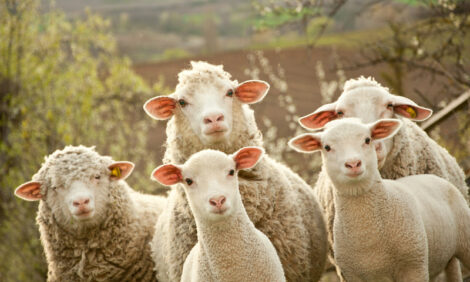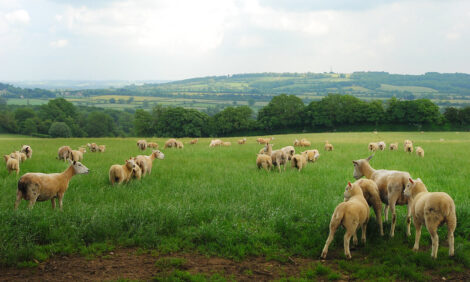



Productivity to Mitigate Environmental Impacts of Cattle
It seems to be a common consumer perception that the modern dairy herd and its practices are more damaging to the environment than extensive systems. Speaking at the British Cattle Breeders Conference, Dr Jude Capper presented research that suggested environmental sustainability is linked to farm efficiency, reports Charlotte Johnston, TheCattleSite editor.She said that on a per cow basis the carbon footprint of the dairy industry has doubled between 1994 and 2007. However, on the other hand the carbon footprint per kg of milk has reduced by two thirds.
Overall, the US dairy farm industry has reduced its total carbon footprint by 41 per cent since 1944.
Intensive systems tend to be highly productive, yet they may be at the greatest risk from a social acceptability standpoint, as they are perceived to be environmentally damaging, Dr Capper said.
Improved productivity has led to a reduction in environmental impact, as average annual milk yield has quadrupled since 1944.
The US now produces 59 per cent more milk using 64 per cent fewer cows than in 1944.
Dr Capper from Cornell University in the US explained that modern production practices have reduced resource use and carbon emissions through improved cow productivity. She asked whether this was reason enough to move towards more confined/ intensive production systems?
However it is not just about carbon emissions. Land, water and fuel use all play an increasingly important role too, she said.
She said that future US demand for dairy products must be met via improved productivity.
Holstein versus Jerseys - Environmental test of Cheddar cheese production
One criticism often levelled at modern dairy systems, is that high-producing cows tend to have an increased bodyweight, this consume more feed and emit more GHG emissions.
Dr Capper demonstrated that maximum productivity reduces total maintenance costs and subsequently resource use.
Although Jerseys have a lower milk yield than Holsteins, and a Jersey body mass is 74 per cent of that of a Holsteins, to produce the same quantity of cheese less Jersey milk is required.
This is because Jerseys have a higher quantity of milk solid concentrations, increasing the amount of cheese produced per kg of milk. Secondly, their smaller frame requires less maintenance.
Per unit of cheese, the Jersey carbon footprint is 20 per cent less than that of Holsteins.
The research recognised that dairy population size does not implicity predict environmental impact per unit of dairy. Although the Jersey population required to produce 500,000 MT of cheese was nine per cent more than the Holstein population required to yield the same amount of cheese, the body mass of the Jerseys was reduced by 26 per cent.
Consequently, water use was reduced by 32 per cent, land use by 12 per cent and GHG emissions by 20 per cent.
"Big differences can be made from making small breeding changes," Dr Capper said.
She asked whether instead of breeding for a bigger cow, as has been done with the Holstein, should we be focusing on breeding a smaller cow that still produces large quantities of milk?
"Focusing future selection goals upon reducing bodyweight, whilst improving milk and component yields would have the greatest effect upon dairy environmental impact.
The dairy industry has a clear challenge to produce dairy products for a growing demand, and faces opposition in terms of consumer misconceptions.
Concluding, Dr Capper said that production efficiency is key to mitigating carbon footprints. Whilst milk yield is a key indicator of this, other factors have to play a role. Body weight and milk component yield also significantly affect productive efficiency and carbon footprint and should be taken into account when selecting for traits to improve whole system productivity, she said.
March 2012


